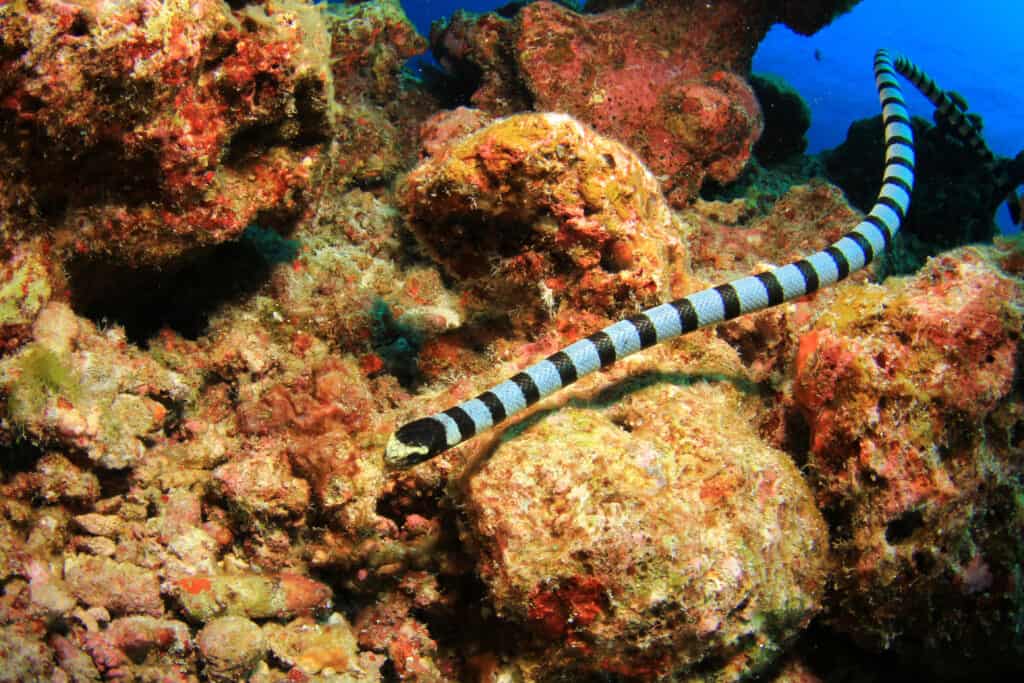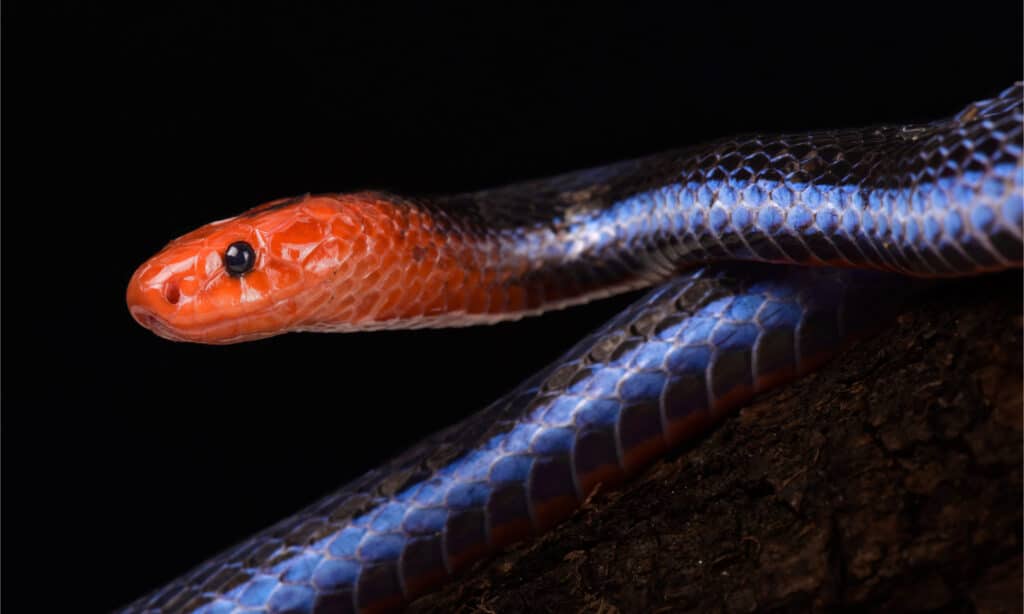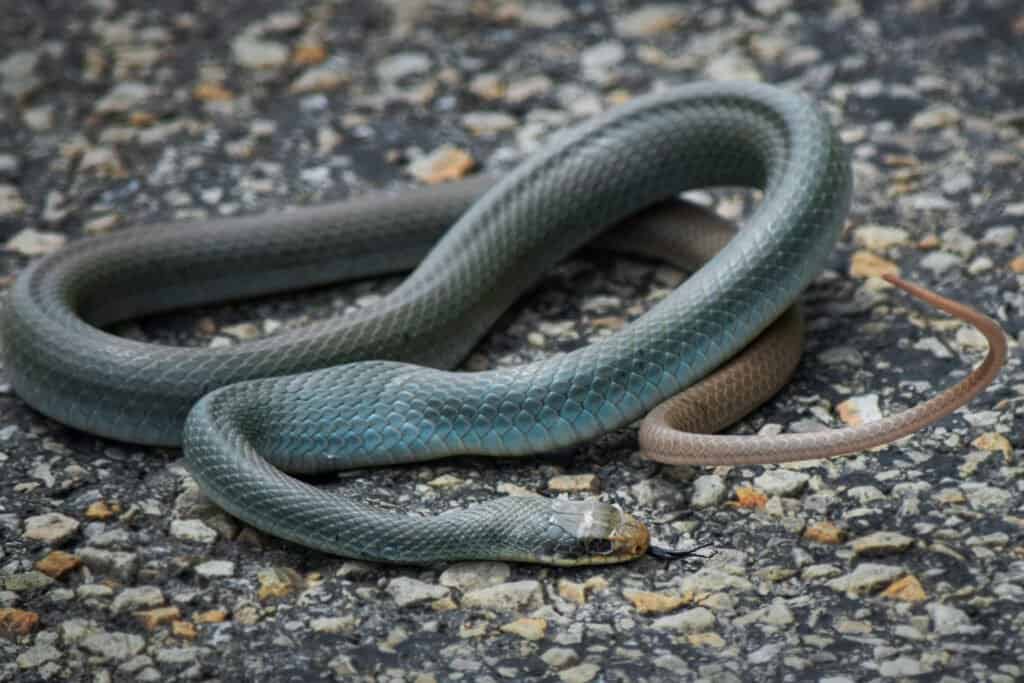Introduction
When it pertains to venomous serpents, Australia is home to some of one of the most fascinating and dangerous species on the planet. Among these, the Tiger Snake stands apart not just for its potent poison but likewise for its appealing behavior. Recognizing the actions of venomous snakes like the Tiger Serpent is essential for both wild animals fanatics and those staying in areas where these snakes are present. This post explores various aspects of Tiger Serpent actions, habitat, recognition, precaution, and emergency treatment practices in instance of a serpent bite.
Understanding the Behavior of Venomous Snakes Like the Tiger Snake
The Tiger Snake, what are the most venomous snakes in australia medically called Notechis scutatus, is infamous for its hostile nature when intimidated. These serpents show a series of habits that can be fairly different from their non-venomous counterparts.
Characteristics of Tiger Snakes
The Tiger Serpent is conveniently identifiable because of its distinct bands or stripes that appear like a tiger's markings. They can differ in color from yellowish-brown to dark olive or black. This pigmentation offers not only as camouflage however likewise as a caution signal to potential predators.
Adaptability to Environment
One exceptional element of their habits is their adaptability to numerous environments. Located largely Conservation of Australian snakes in seaside regions, marshes, and wetlands throughout Australia and Tasmania, they can prosper in diverse environments including metropolitan locations.
Hunting Techniques
Tiger Serpents are ambush predators largely eating fish, frogs, and tiny creatures. They possess eager eyesight and an acute feeling of odor which assists them in locating victim effectively.

Venom Composition
Their venom contains neurotoxins that impact the nerve Informative post system, bring about paralysis or fatality in smaller sized pets. For people, immediate clinical focus is essential after a tiger snake bite as a result of its potentially lethal effects.
Natural Habitat of Tiger Snakes
Preferred Locations
Understanding where these serpents reside clarify their behavior patterns. The tiger serpent habitat includes:
- Coastal regions Swamps Grasslands Urban locations with bountiful water sources
Seasonal Movements
During warmer months, Tiger Snakes are more active as they indulge in sunshine or search for food. In contrast, cooler months see them pulling back right into hibernation sites.
Are Tiger Snakes Venomous?
Yes! The inquiry "are tiger snakes poisonous?" often emerges amongst those unfamiliar with this species. Their poison is considered one of the deadliest among all serpent species worldwide.
Symptoms of a Tiger Serpent Bite
If bitten by a tiger snake, signs and symptoms might consist of:
- Localized pain Swelling at the bite site Nausea and vomiting Sweating and confusion
Immediate medical assistance is critical as neglected bites can bring about serious health difficulties or even death.
First Aid for Serpent Bites: Quick Response Guide
Knowing just how to provide first aid for a serpent bite can save someone's life. Right here's what you need to do:

Step 1: Continue to be Calm
Keeping tranquility aids decrease heart rate which decreases venom spread.
Step 2: Paralyze the Impacted Area
Keep the affected limb still and listed below heart degree if possible.
Step 3: Call Emergency Services
Always look for professional medical assistance right away after a snake bite.
First Aid for Snake Bite Kit Essentials
A fully equipped snake bite first aid kit need to include:
- A compression bandage Antiseptic wipes A set of scissors A cold pack
Safety Precautions: Avoiding Serpent Bites in Australia
Awareness Programs
Educating neighborhoods concerning local snake varieties and their behaviors can significantly minimize encounters causing bites.
Avoiding Harmful Areas
Staying far from lengthy turf throughout warmer months reduces call with snakes that could be resting or hunting.
Common False impressions Concerning Tiger Snakes
Many individuals think misunderstandings about the actions of tiger snakes result in unneeded worry. Right here are some clarifications:
Myth 1: All Tigers Are Aggressive
Not all tiger serpents will present hostility if left uninterrupted; numerous prefer leaving rather than confrontation.
Myth 2: They Chase Humans
Tiger snakes do not proactively chase after human beings; they might strike when they really feel intimidated but will generally retreat if offered space.
Conservation Initiatives Associated with Venomous Snakes
Conservation initiatives concentrate on educating neighborhoods concerning shielding regional wildlife while lessening human-snake interactions.
Importance of Ecosystems
Understanding that venomous snakes play an important role in keeping ecological equilibrium helps foster gratitude as opposed to worry in the direction of them.
FAQs About Tiger Snakes
What ought to I do if I run into a tiger snake?- Maintain range and gradually retreat without unexpected movements.
- While attacks aren't extremely usual due to understanding efforts, they still take place each year within Australia.
- Baby tiger snakes can provide complete doses of poison regardless of being smaller; thus caution is recommended around them.
- They primarily consume frogs, fish, little animals like rats, and other reptiles.
- It's illegal in a lot of jurisdictions without proper licensing because of safety issues concerning their venom.
- Wear durable boots and remain on marked routes; look prior to putting hands or feet into hidden spaces like rocks or logs.
Conclusion
Understanding the behavior of poisonous serpents like the Tiger Serpent not just improves our knowledge but additionally promotes safety awareness among those living near their environments. From acknowledging their attributes, recognizing emergency treatment procedures following a bite, through engaging preservation efforts-- every aspect plays an essential role in fostering coexistence with these fascinating reptiles while respecting their place within our ecosystem.

As we grow our understanding with education and learning and experience, we add positively towards making sure both human safety and security and wild animals preservation-- profiting all celebrations involved!